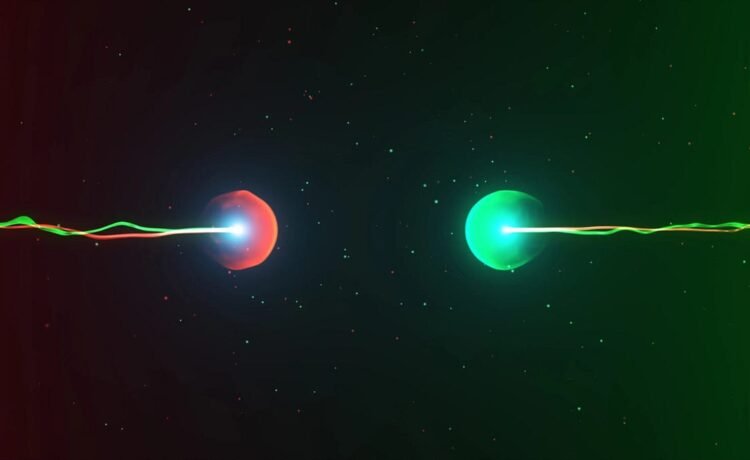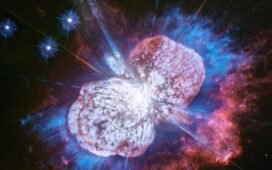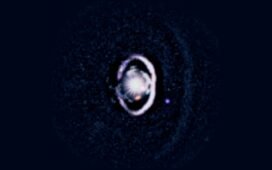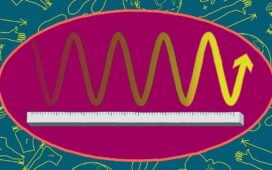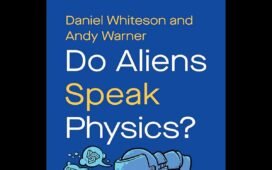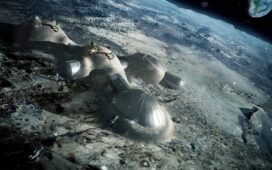Will we build a successor collider to the LHC? Someday, we’ll reach the true limit of what experiments can probe. But that won’t be the end.
Since the 1800s, energetic particles have probed the fundamental nature of matter.
By bombarding matter with other particles, we probe their internal structures.
At still greater energies, we create new quanta via Einstein’s E = mc².
Early experiments with cosmic rays first revealed heavy, unstable Standard Model particles.

